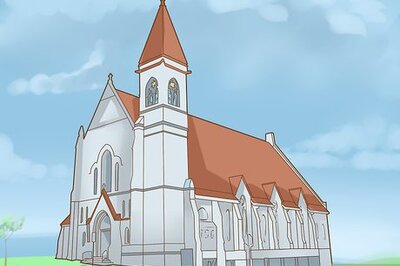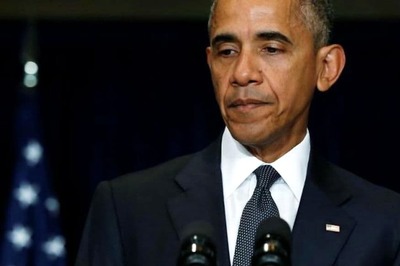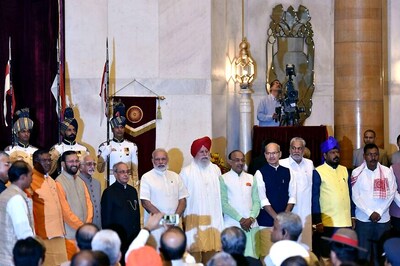
views
New York: A new study confirms what many Internet users know all too well: Harassment is a common part of online life.
The first-of-its-kind report by the Pew Research Center found that nearly three-quarters of American adults who use the Internet have witnessed online harassment. Forty per cent have experienced it themselves.
The types of harassment Pew asked about range from name-calling to physical threats, sexual harassment and stalking. Half of those who were harassed said they didn't know the person who had most recently attacked them.
Young adults - people 18 to 29 - were the most likely age group to see and undergo online harassment. Women ages 18 to 24 were disproportionately the victims of stalking and sexual harassment, according to the survey. And people who have more information available about themselves online, work in the tech industry or promote themselves on the Internet, were also more likely to be harassed.
Case in point: Celebrities. Stars such as the actress Jennifer Lawrence had nude photos stolen and posted online recently in a widespread hacking scandal in late August. Lawrence, 24, later told Vanity Fair that she considered looking at the pictures a sex crime.
It can be difficult for police to go after online bullies in part because "our legal system hasn't quite caught up with technology," said Elizabeth Dowdell, a nursing professor at Villanova University who studies online aggression. On top of that, adults are generally hesitant to report harassment because they might view it as a "child or teenage problem."
"But the Internet has no age limits," Dowdell said. "People look for outlets for aggression and the Internet is a wonderful place because it's anonymous and you don't have to be truthful."
Social networking companies have sometimes been criticised for not doing enough to stop online harassment, even though it's standard policy to ban threats, bullying and harassment. But they have at least tried to respond to complaints.
Twitter, for example, changed its policy recently after some users sent crude, altered images of Robin Williams to his daughter Zelda following the actor's suicide in August. The company now says it can remove images of deceased individuals that circulate on its site.
Trendy new social networking site Ello, meanwhile, recently added tools people can use to block or mute users who are bothering them. The ad-free, decidedly anti-Facebook website was criticised early on for not providing blocking features that are standard practice for social networks.
Though online harassment is as old as the Internet itself, the Pew survey is particularly timely as conversations around it have grown louder in recent months - and not just because of the celebrity hacking scandal. Beginning this summer, people involved in an online campaign dubbed "Gamergate" have been harassing several prominent women in the video game industry and their supporters for criticising the lack of diversity and how women are portrayed in games. One of the targets is Brianna Wu, a software engineer and founder of game developer Giant Spacekat. Wu, who is in her mid-30s, said she has frequently been harassed online, but it's gotten worse this year.
Earlier this month, people threatened her and her husband with rape, death and castration on Twitter and posted her address online, she said, and they have been trying to impersonate her on the Internet to smear her reputation. She got so frightened that she left her home in Boston.
Wu went to the police, but most people harassed online don't. According to Pew, just 5 percent of those who were harassed reported the incident to law enforcement, while nearly half confronted the person online. Forty-four percent said they unfriended or blocked the person.
But victims of harassment often don't know where it's coming from. Thirty-eight percent of people who were harassed online said a stranger was behind the threats, and another 26 percent didn't know who the person was.
"You can have many different (personas) online," Dowdell said. "So you might think 'I'm going to block Scaryfriend123' and Scaryfriend says 'Fine, I'm going to use my other name Superniceguy' and you just don't know."
Among other key findings from Pew:
- Two-thirds of those who were harassed said the most recent incident took place on a social networking site or app, while 22 per cent saw it happen in the comments section of a website. Sixteen per cent, meanwhile, said it happened in online gaming.
- Men were more likely to be called offensive names than women. Of all Internet users (89 per cent of the US population), 32 per cent of men and 22 per cent of women were called names. Men were also more likely to be physically threatened.
- Not everyone said they were hurt by online harassment. While 14 per cent of people found their most recent incident "extremely upsetting," 22 per cent said it was "not at all upsetting." The rest of the people surveyed had reactions in between.
The telephone and online survey was conducted between May 30 and June 30 among 3,217 respondents. It has a margin of error of plus or minus 2.2 percentage points.




















Comments
0 comment